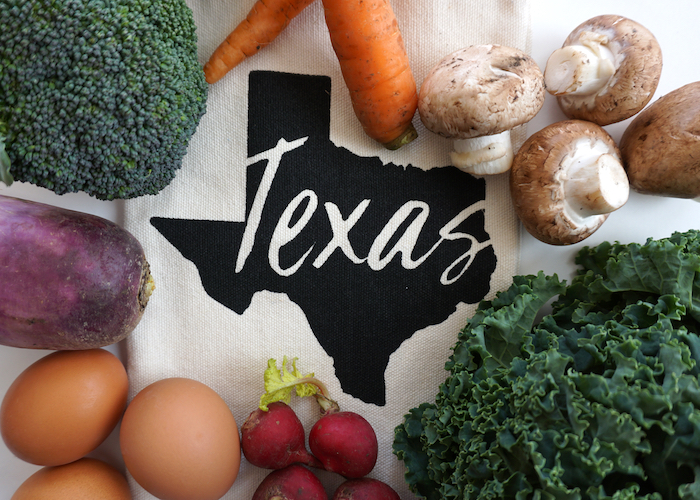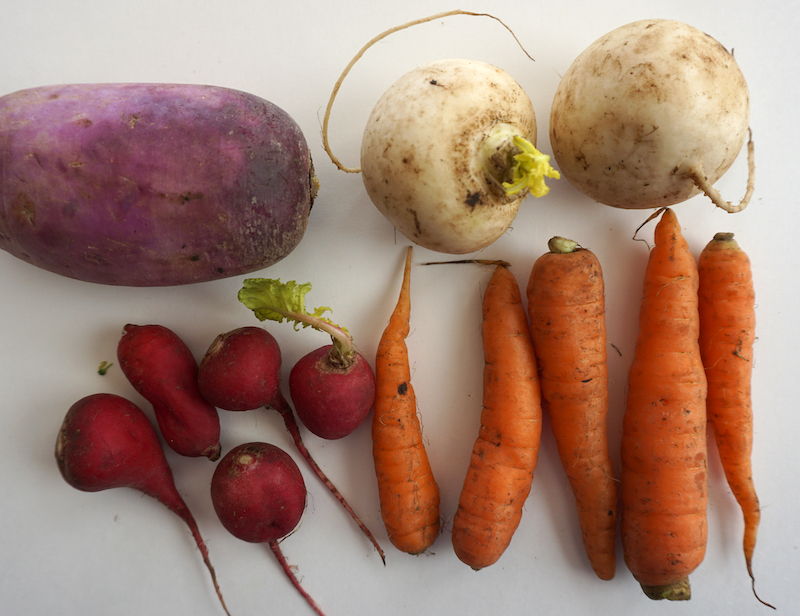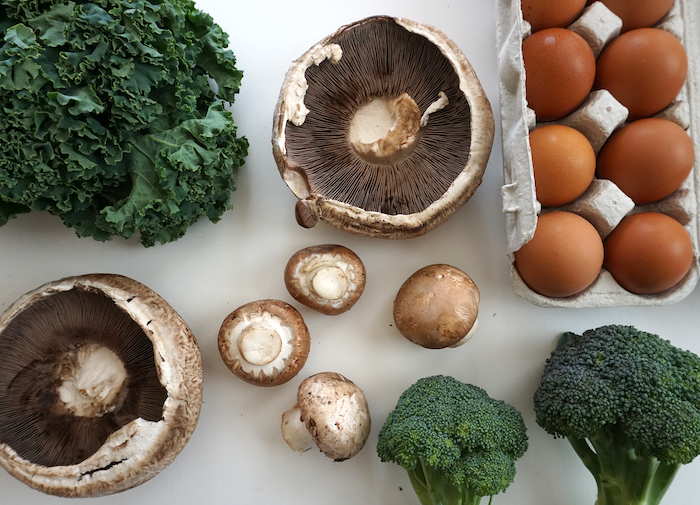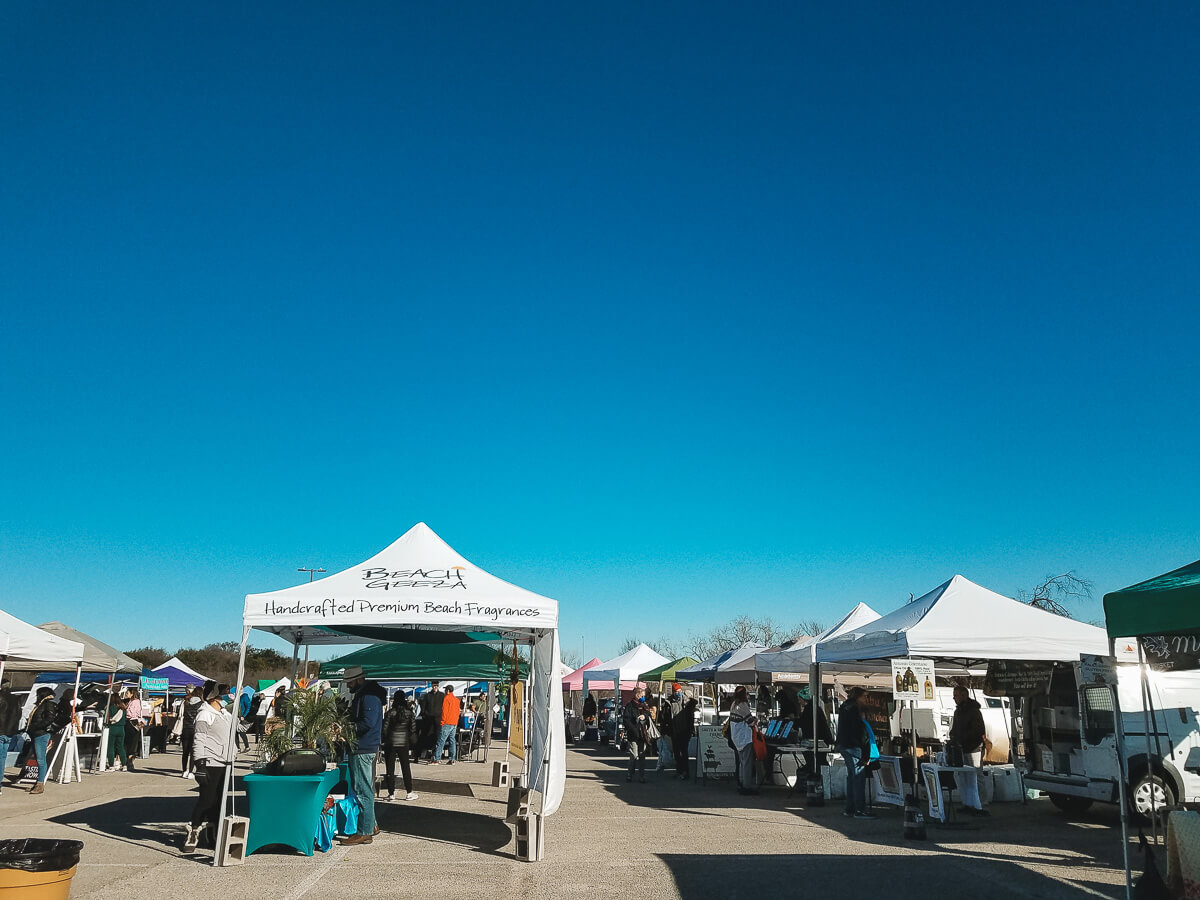Farm-to-table is not only a buzz phrase but a belief that our food can come directly from the producer. I’m taking a challenge to eat local this year.

For the past couple of years, I’ve eaten fairly consciously. We buy groceries at the store once a week and usually buy organic vegetables and natural, grass-fed meat. We aim for at least three homecooked dinners weekly with enough leftovers for the next day. There are as few processed foods as possible in our cart. Last year’s cookbook challenge was fun, but I wondered how we could make eating local a part of my goals.

Why Eat Local?
Simply put, eating local is good for your body and good for your community.
A lot of times, we take our food for granted. We choose price over quality and so do grocery stores that buy them. We are disconnected from the farmers who spend their lives producing the food we eat. Farming is a hard industry that isn’t celebrated as much as it should be. Can you imagine how bare our grocery store shelves would be without farms?
By eating locally, you connect with your local food system. Think about the food you buy and how far it came. It starts at a farm and is possibly grown with pesticides present. Fruits and vegetables are usually picked before they are ready to eat so that they don’t go bad in the journey to the grocery store. The miles the food travels and the fuel involved also has an impact on the environment.
Now, when you’re buying a vegetable at the farmers market, you’re supporting someone in your community who drove 200 miles (at the most) to sell you something they picked that week. It wouldn’t get fresher unless you have a garden in your backyard.

My Farm-to-Table Challenge
The inspiration for my challenge started from the Local Thirty Challenge by Dishing Up the Dirt. Andrea Bemis, a farmer and home cook in

I wanted to join in the Local Thirty challenge, but it is also incredibly daunting to me to question every ingredient in your kitchen and
Here are some key guidelines and notes to help me with this challenge.
- Local means the ingredients are from Texas. Every part of the meal is local, and this includes the ingredients grown to make them.
- Some local companies use ingredients outside of Texas to make their products. These will not count as local. For example, many hops used by breweries and apples used by cideries are not from Texas.
- Certain items will be my exceptions because I haven’t found a company that produces this in Texas or it’s not a Texas product: black pepper, salt, lemon, and alcohol.
- I’m going to find places that support local goods, in addition to farmers markets.
- I’m going to be curious and ask questions about the processes and industry. Just because it is sold at the farmers market does not mean it is completely local.
- I want to celebrate local makers and farmers and the hard work they do!

Conclusion
It’s called a challenge for a reason and I have a few concerns but I think designating one day every month to take it on can be an eye-opening adventure. I hope I’ll learn more about where food comes from and bounty of Texas. Local farmers and makers work hard to share their passion, and I look forward to learning about their companies. I’m sure new ingredients and recipes will challenge me.
I’ll be posting my meals every month and sharing on social with #LocalMonthly. I hope you’ll f
Do you have any favorite Texas food companies? Would you take on a challenge like this?
P.S. See all the posts from this challenge here.
You can find me on Instagram, Facebook, Twitter, Pinterest, and Bloglovin’. You can also subscribe to the exclusive email list.



